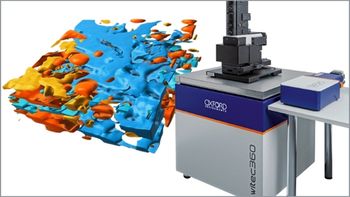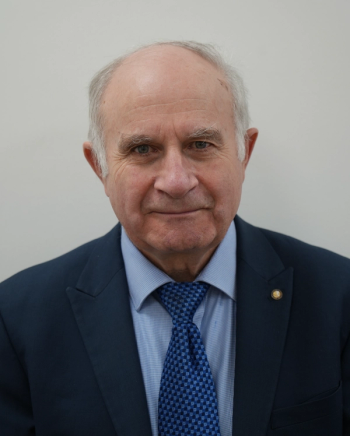
Submicron IR+Raman Analysis of Biopharmaceuticals
Webinar Date/Time: Wednesday, December 11th, 11:00 AM EST
Optical Photothermal Infrared (O-PTIR) Spectroscopy is an optical microscopy-based technique that can achieve submicron chemical spatial resolution. O-PTIR performs simultaneous infrared (IR)/Raman microspectroscopy measurements and coincident particle characterization and visualization at submicron (<1 um) resolution to improve product knowledge and process understanding of biopharmaceuticals.
Register Free:
Event Overview:
This webinar will discuss the adverse impact of particulate matter and aggregates for immunogenicity and the need to improve the characterization of submicron aggregates/particles in biopharmaceuticals. Optical Photothermal Infrared (O-PTIR) technology will be reviewed. The benefits of O-PTIR to perform nondestructive, simultaneous infrared (IR)/Raman measurements with submicron spatial resolution on particulate matter and aggregates in biopharmaceutical formulations (IV infusion in-use studies, stability and degradation studies) will be demonstrated.
Key Learning Objectives:
- Learn the impact of particles and aggregates in immunogenicity and toxicity.
- Understand how combining submicron IR and Raman microspectroscopy overcomes the limitations of traditional vibrational spectroscopy.
- Learn how O-PTIR microspectroscopy greatly improves knowledge and understanding of particles and aggregates in biopharmaceuticals.
Who Should Attend:
- Particle analysis/biopharmaceutical development scientists and engineers
- PAT and manufacturing engineers and scientists
- Regulatory compliance and quality operations scientific personnel
Speakers:
John F. Carpenter, PhD
Professor Emeritus of Pharmaceutical Sciences
University of Colorado School of Pharmacy
John F. Carpenter, PhD’s research interests include mechanisms for protein degradation and stabilization in pharmaceutical formulations during bioprocessing and in drug delivery systems. Dr Carpenter is the author of more than 300 peer reviewed publications and holds more than 30 patents. He has received The Ebert Prize and the American Association of Pharmaceutical Scientists (AAPS) Research Achievement Award in Biotechnology. He is a Fellow of the American Association for Advancement of Science, the AAPS, and the National Academy of Inventors.
Kevin Dahl, PhD
Founder and Lead Consultant
Particlese, LLC
Kevin Dahl, PhD, is an experienced scientific professional with a background in spectroscopy and microscopy. He has been actively engaged in particle characterization for more than 20 years, serving most recently as a director of particle services at a leading CDMO supporting both small and large molecule pharmaceutical clients. Dr Dahl held prior scientific research and development and product management roles within leading particle measurement and IR/Raman microspectroscopy instrumentation companies. He earned his PhD from Pennsylvania State University, and National Science Foundation postdoctoral fellow at the US Naval Research Laboratory.
Mustafa Kansiz, PhD
Director, Product Management and Marketing
Photothermal Spectroscopy Corporation
Mustafa Kansiz, PhD, is responsible for new product development, marketing, and applications development. He has over 25 years of experience working with FTIR microscopy/imaging and Raman microscopy, spanning routine to research applications, in both industry and academia. Throughout his career, he has worked at scientific instrument companies serving in a range of technical and business development roles. He earned his PhD from Monash University on biotechnological application of FTIR spectroscopy and multivariate statistics.
Register Free:
Newsletter
Get essential updates on the latest spectroscopy technologies, regulatory standards, and best practices—subscribe today to Spectroscopy.





